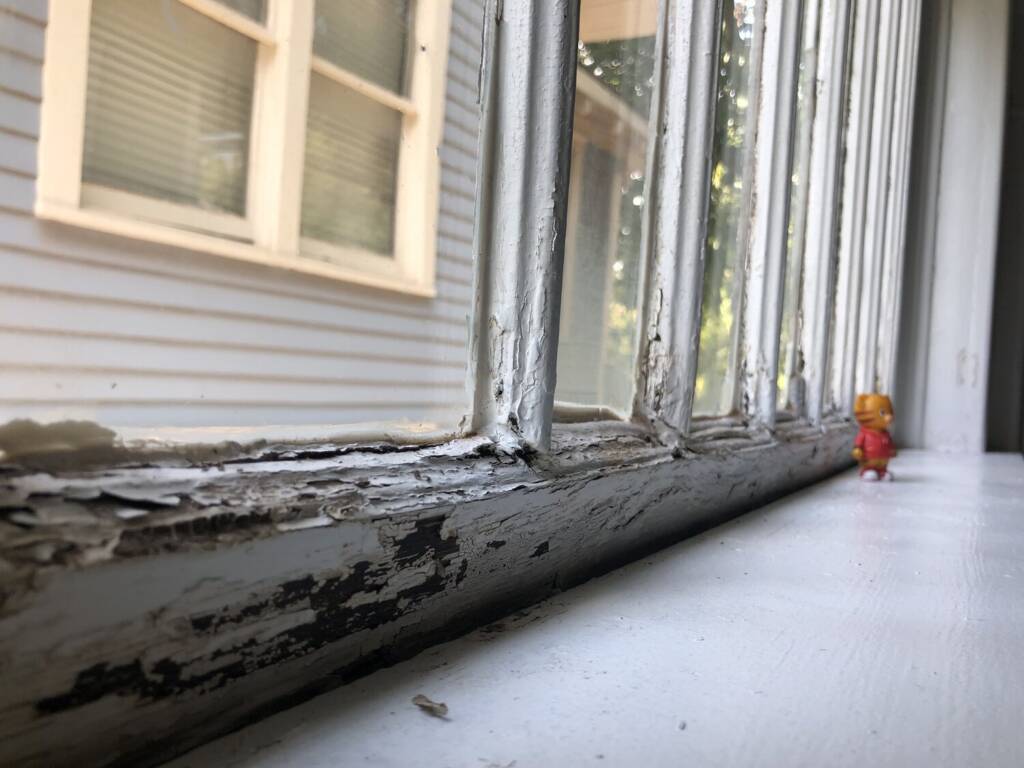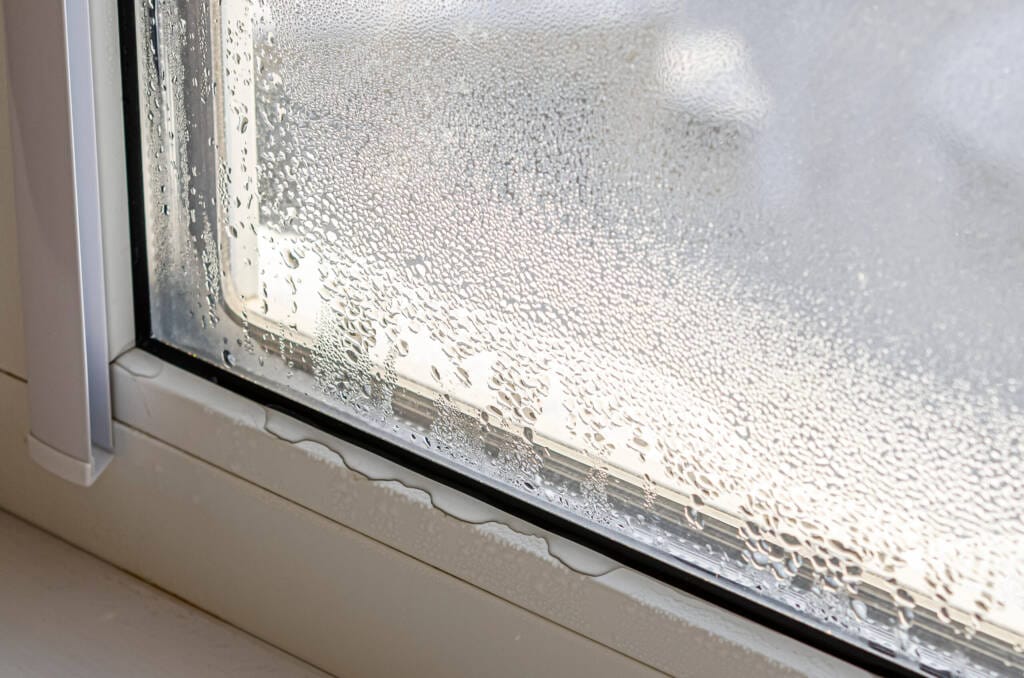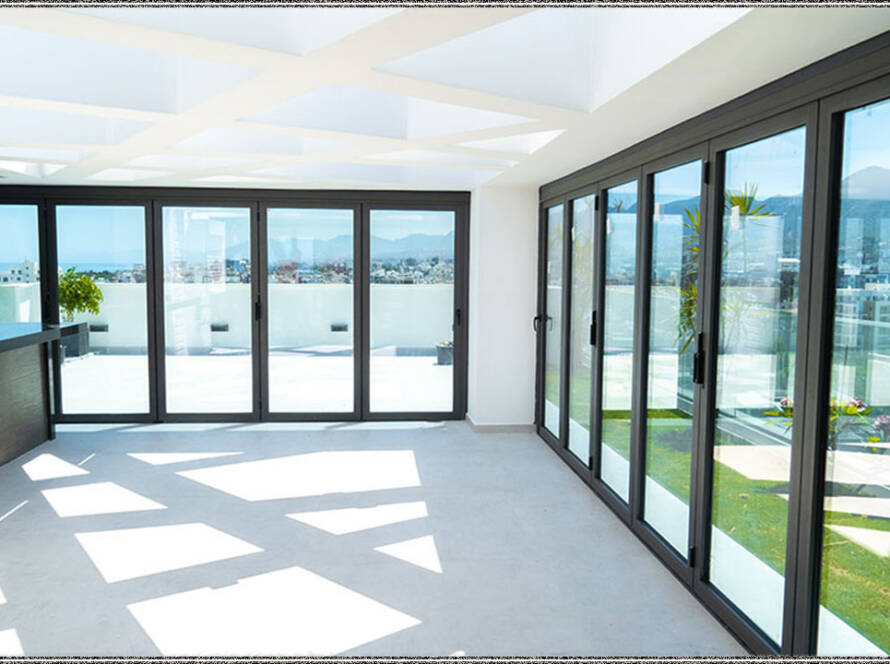Windows are one of the most important elements of your home. They provide natural light, ventilation, and insulation while also enhancing the overall look of your property. However, like any part of a house, windows can develop problems over time. In this blog, we’ll go over some of the most common window problems you might face and provide easy-to-understand solutions for each one. Whether you’re dealing with drafty windows, condensation, or difficulty opening and closing, we’ve got you covered.
1. Drafty Windows
Problem:
One of the most common issues homeowners face with windows is drafts. A drafty window allows cold air to enter during the winter and warm air to escape during the summer, making your home uncomfortable and driving up energy bills. Drafts are often caused by worn-out seals, gaps around the window frame, or poorly installed windows.
Solution:
Check the Seals: Start by checking the weather stripping around the window. If it’s old or damaged, replace it with new weather stripping. This is an affordable fix that can be done in a matter of minutes.
Seal Gaps with Caulk: If you notice gaps around the window frame, use caulk to seal them. Make sure to use exterior caulk for outdoor applications and interior caulk for inside the house.
Install Window Film: If you want an extra layer of protection, consider installing window film. This is a clear, adhesive film that can reduce drafts and increase insulation.
Upgrade to Energy-Efficient Windows: If your windows are old, it might be time to invest in energy-efficient models that are designed to prevent drafts and keep your home at a comfortable temperature.
2. Condensation Between Window Panes
Problem:
Condensation between the panes of double-glazed windows can be frustrating. It makes the glass appear foggy and reduces visibility. This issue occurs when the seal between the panes of glass breaks, allowing moisture to enter. While condensation on the outside of your windows is normal, condensation between panes is a sign of a broken seal.
Solution:
Check the Window Seals: If the seal is broken, you may need to replace the glass unit. In most cases, you won’t need to replace the entire window, just the double-glazed unit.
Use a Dehumidifier: Sometimes, excess moisture in your home can make condensation worse. Using a dehumidifier can help reduce moisture levels, especially during the winter.
Repair the Seals: Some companies offer window seal repairs. This can be a more affordable option than replacing the window unit.

3. Windows that Won’t Open or Close Properly
Problem:
Windows that are difficult to open or close can be a real nuisance. This problem is especially common in older windows. The cause can be due to swollen wood, rusted hinges, or debris in the tracks of sliding windows.
Solution:
Clean and Lubricate Tracks: For sliding windows, start by cleaning out the tracks. Dirt, dust, and debris can build up over time, making it hard to slide the window open. After cleaning, apply a silicone-based lubricant to help the window glide more easily.
Check for Swollen Frames: Wooden windows can swell in humid weather. If this is the case, you might need to sand down the swollen area and repaint it to prevent further moisture absorption.
Replace Damaged Parts: If the issue is with a broken lock, latch, or hinge, replacing the part is usually a quick and easy fix. You can often find replacement parts at your local hardware store.
Consider Window Replacement: If your windows are older and have multiple issues, it might be time for a replacement. Newer models are easier to operate and provide better insulation.
4. Broken Glass
Problem:
Broken or cracked window glass is a common problem, whether it’s caused by an accident or extreme weather. Broken windows can compromise your home’s security, lead to drafts, and create safety hazards.
Solution:
Temporary Fix: For small cracks, you can use clear packing tape as a temporary fix. This will hold the crack together until you’re able to replace the glass.
Replace the Glass: For larger breaks, it’s important to replace the glass as soon as possible. If you have single-pane windows, you can usually replace the glass fairly easily yourself. For double-glazed windows, you’ll need to contact a professional to replace the glass unit.
Upgrade to Tempered Glass: If you want to reduce the risk of future breaks, consider upgrading to tempered glass. Tempered glass is stronger and shatters into small, blunt pieces rather than sharp shards, making it safer for homes with children or pets.
5. Rattling Windows
Problem:
Rattling windows can be annoying, especially on windy days. This problem is often caused by loose window panes or poor installation. Rattling windows can also let in drafts and increase noise levels inside your home.
Solution:
Tighten the Window Panes: If the window panes are loose, you can tighten them using new glazing putty or caulk. This will help hold the panes in place and prevent rattling.
Install Weather Stripping: Adding weather stripping around the edges of the window frame can help reduce rattling and prevent drafts.
Use Window Inserts: Another option is to use window inserts. These are removable, secondary windows that fit inside your existing window frames and provide extra insulation and soundproofing.
6. Foggy Windows
Problem:
Foggy windows, especially in the mornings or during humid weather, are caused by condensation. While this isn’t a structural problem, it can be a nuisance and block your view.
Solution:
Improve Ventilation: To reduce condensation, make sure your home is properly ventilated. Use exhaust fans in kitchens and bathrooms to reduce humidity, and open windows when weather permits.
Use a Dehumidifier: As mentioned earlier, using a dehumidifier can help reduce moisture levels and prevent fogging.
Upgrade to Double-Glazed Windows: If you frequently deal with foggy windows, consider upgrading to double-glazed windows, which are better at controlling indoor temperatures and reducing condensation.

7. Peeling Paint on Window Frames
Problem:
Peeling paint on window frames, particularly wooden ones, can make your home look rundown. This problem is usually caused by exposure to moisture, which causes the wood to expand and the paint to crack.
Solution:
Scrape and Sand: Start by scraping off the old, peeling paint. Then, sand the window frame to create a smooth surface.
Apply Primer and Paint: Apply a coat of primer designed for exterior surfaces, followed by high-quality exterior paint. Make sure to choose a paint that’s weather-resistant and suitable for the type of window frame you have (wood, aluminum, etc.).
Maintain Regularly: To prevent peeling in the future, inspect your window frames regularly and touch up the paint as needed.
8. Leaking Windows
Problem:
Leaky windows can cause water damage to your walls, floors, and even the window frame itself. This issue is most common in older windows, especially after heavy rain or storms.
Solution:
Check for Gaps: Inspect the area around the window for gaps or cracks in the caulking. If you find any, reapply exterior-grade caulk to seal them.
Replace Weather Stripping: Ensure the weather stripping is intact and replace it if necessary. This will help prevent water from seeping in during heavy rain.
Consider Window Replacement: If leaks are persistent and repairs don’t seem to help, it might be time to replace the window. Newer windows are designed to be more water-resistant and can save you from costly water damage in the long run.
Conclusion
Window problems are a common part of homeownership, but they don’t have to be overwhelming. By addressing these issues early, you can save money on energy bills, prevent damage to your home, and keep your windows looking and functioning at their best. For more complex repairs or replacements, don’t hesitate to contact a professional, especially if you’re dealing with double-glazed windows or major structural issues. With a little maintenance and care, your windows can continue to enhance your home for years to come.



